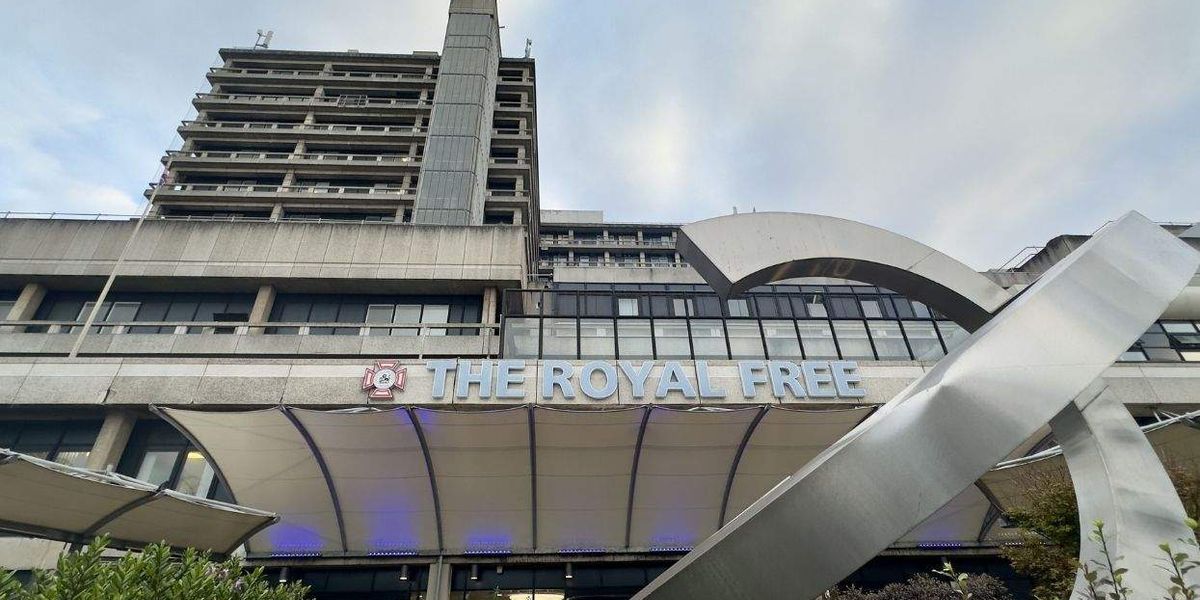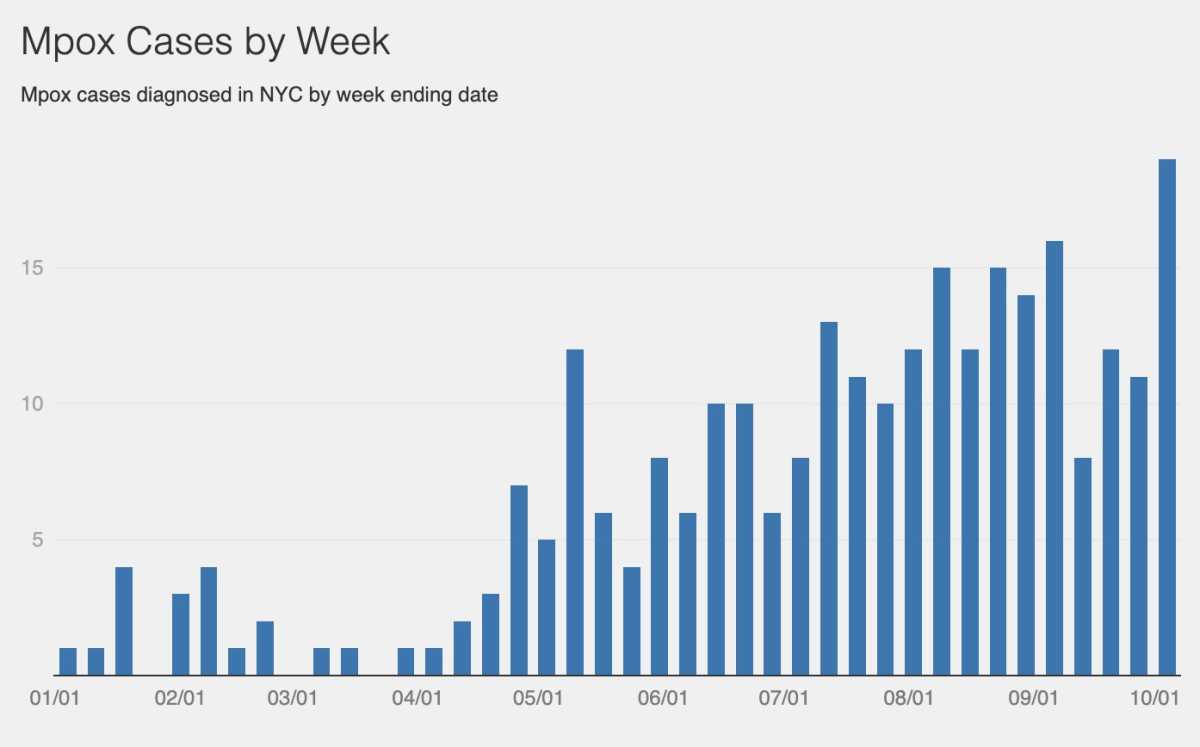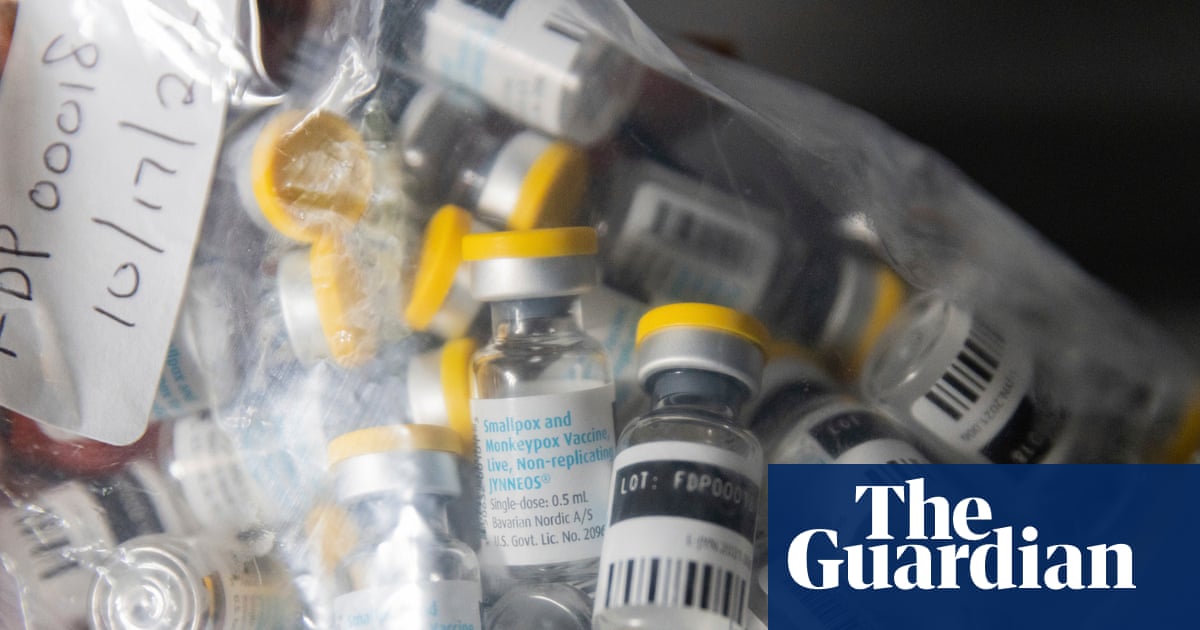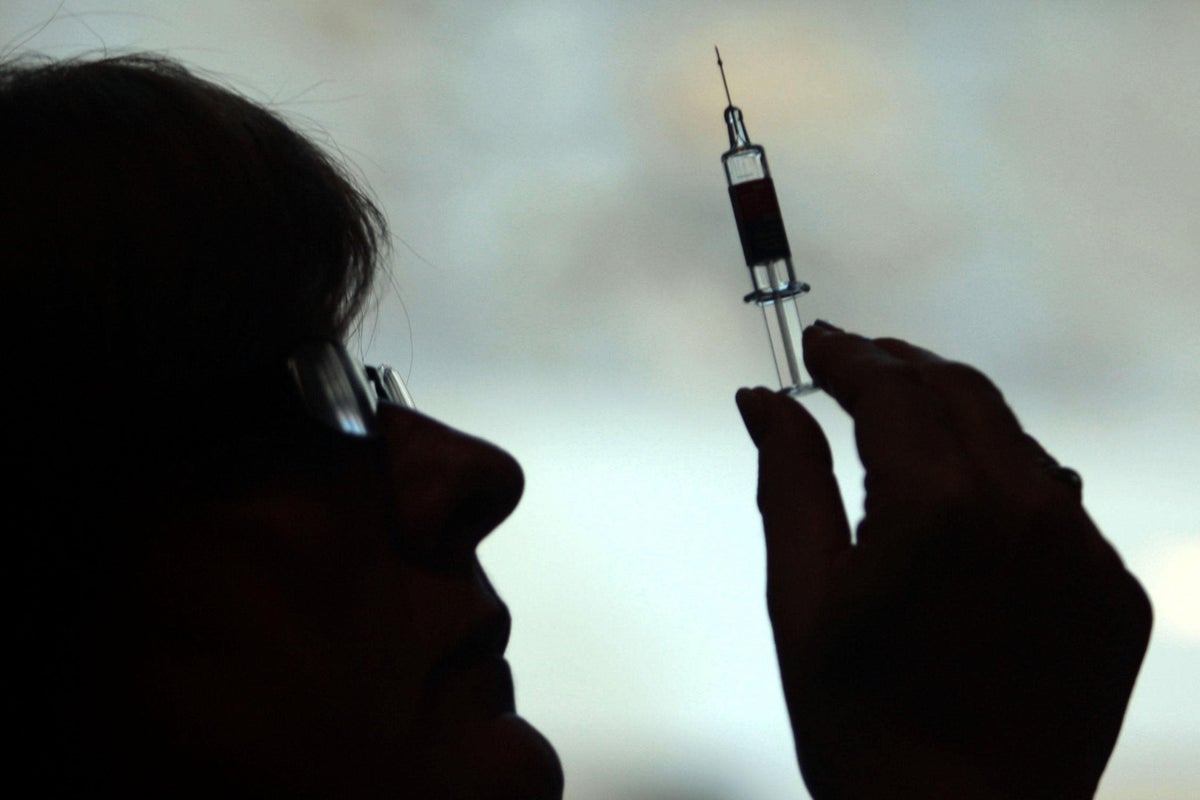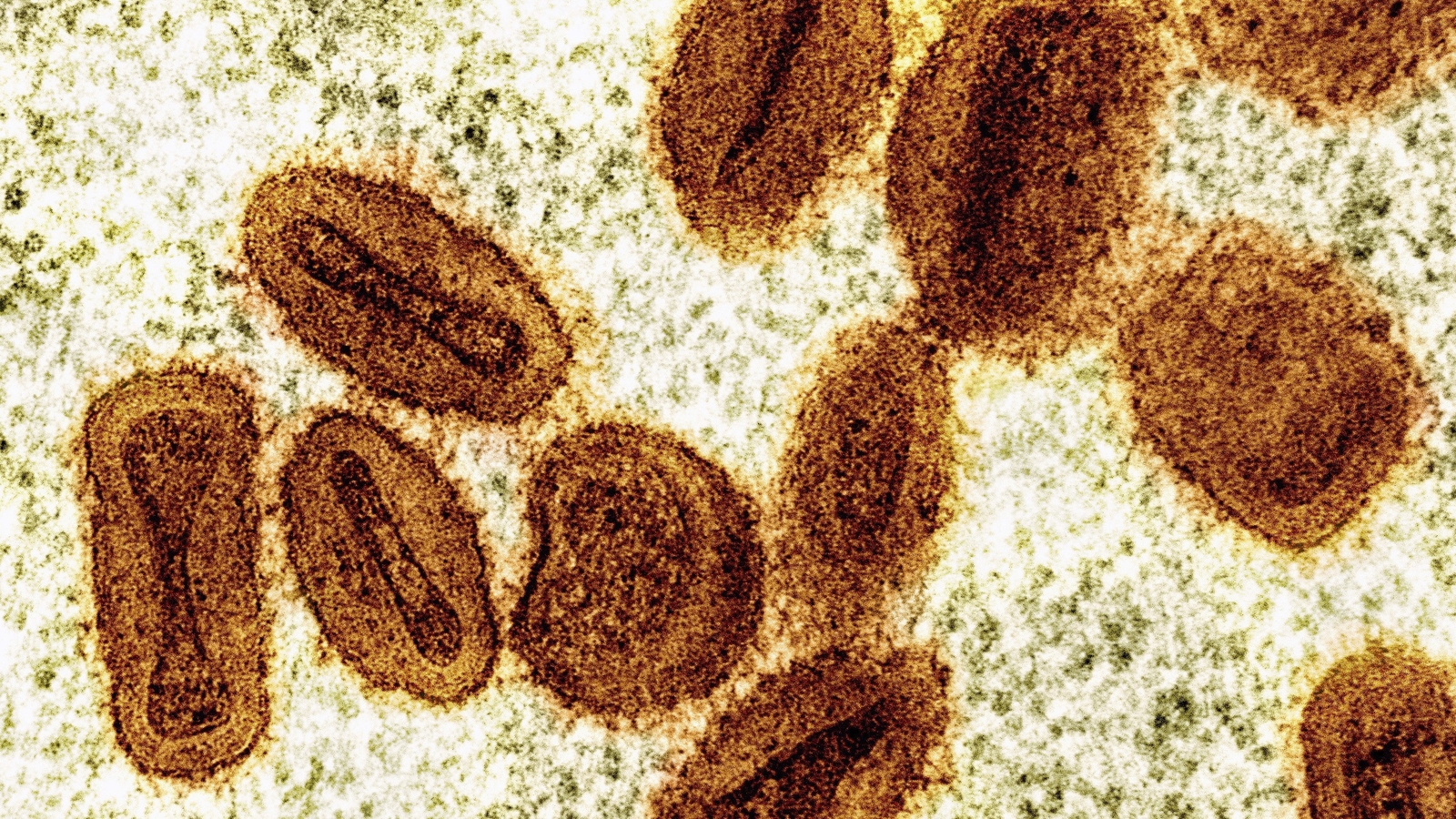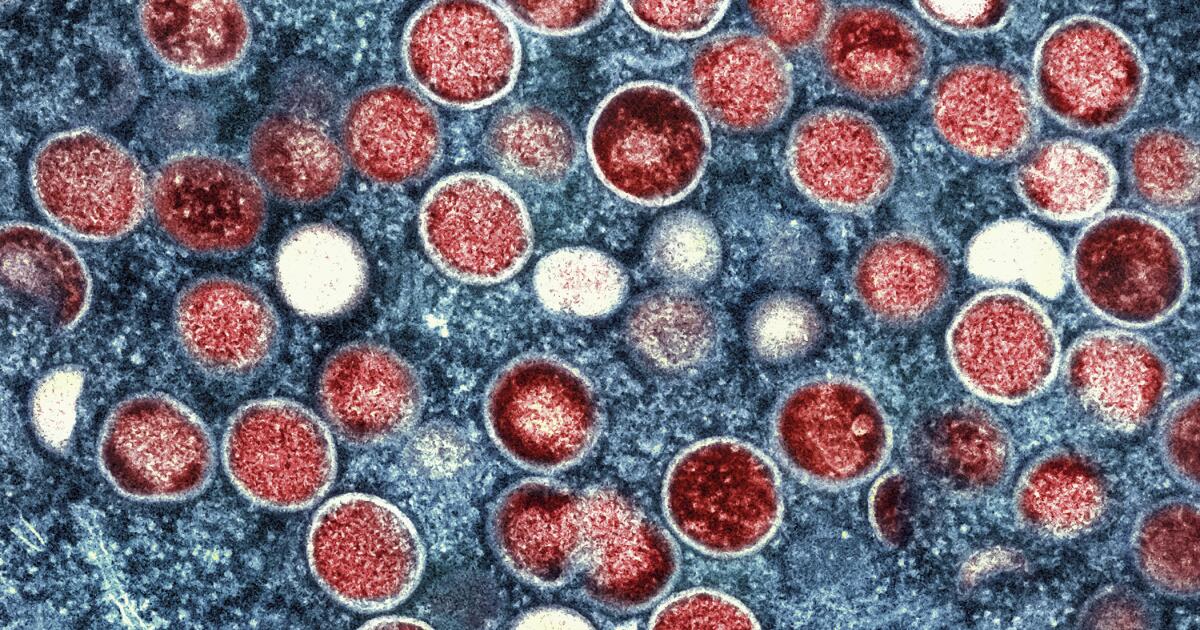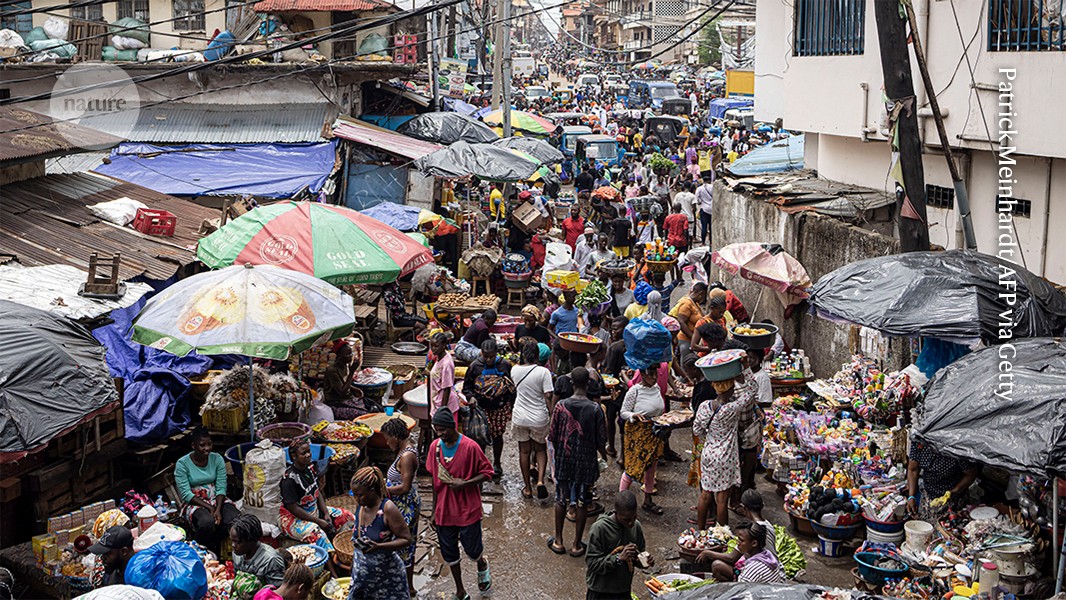#mpox
#mpox
[ follow ]
#public-health #vaccination #clade-i #clade-ib #monkeypox #recombinant-virus #genomic-surveillance #new-york-city
fromKqed
1 month ago3 Cases of More Severe Mpox Strain Found in California - Here's What to Know | KQED
The mpox virus also appears as a rash or sores or spots that can resemble pimples or blisters on the skin anywhere on the body, including the face, inside the mouth, hands, feet, chest, genitals and anus. These spots often start as red, flat spots that then become bumps before the bumps become filled with pus and turn into scabs when they break. These symptoms can be extremely painful.
Public health
fromArs Technica
2 months agoIn 2022, the world axed a disease name seen as racist. US just switched back.
In November 2022, the WHO decided to change the name. The United Nations health agency noted that it had received reports from individuals and countries about the "racist and stigmatizing language online, in other settings, and in some communities." The WHO decided to switch to the name "mpox" with a one-year grace period.
Public health
fromwww.npr.org
3 months agoIn 2022, the name 'monkeypox' was rejected as inapt. Now the U.S. is reviving it
In 2022, the medical establishment and public health world nixed the name "monkeypox" for two key reasons. Animal-to-human transmission comes from rodents. And the name "monkeypox" was seen as racist and stigmatizing language. To replace it, World Health Organization (WHO) officials decided to call the disease that causes painful lesions "mpox." Now, the U.S. is reverting to the old term "monkeypox."
Public health
Science
fromNature
6 months agoDaily briefing: NIH foreign-grant cuts could leave thousands without care worldwide
US funding cuts will halt hundreds of clinical trials abroad.
Sierra Leone is experiencing a severe mpox outbreak.
A new pen technology shows promise for detecting Parkinson’s disease.
Increasing bot traffic is threatening online academic resources.
[ Load more ]

